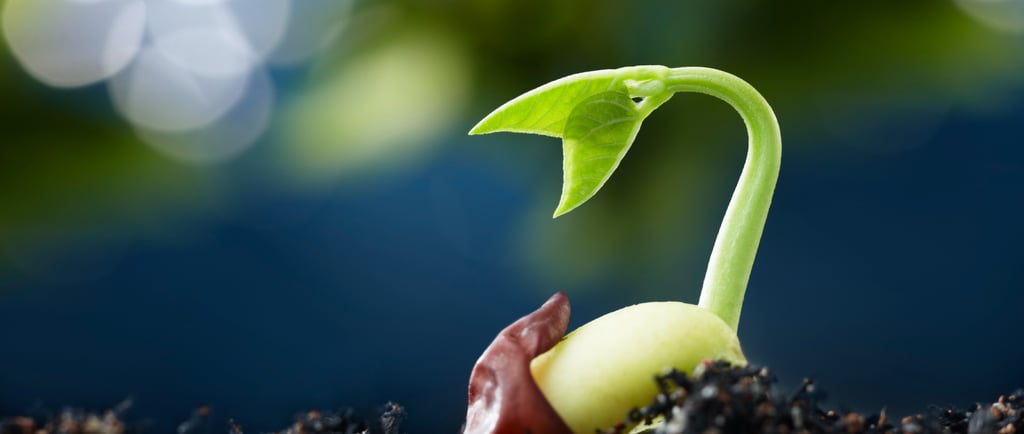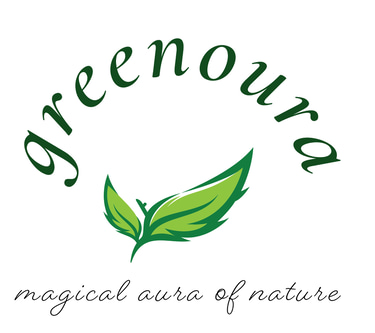Germinating Seeds
Easy ways to germinate seeds
1/26/20242 min read


Starting a house garden is an exciting and rewarding endeavor. One of the first steps in growing your own plants is germinating seeds. While it may seem like a daunting task, germinating seeds can be quite simple if you follow a few key tips. In this article, we will guide you through the process of germinating seeds in an easy way, and provide some tips on how to take care of your seeds as they grow.
1. Choose the Right Seeds
Before you start germinating seeds, it's important to choose the right ones for your house garden. Consider the climate, sunlight, and space available. Some seeds require specific conditions to germinate successfully, so make sure to read the instructions on the seed packets or do some research beforehand.
2. Prepare the Germination Medium
Next, you'll need to prepare the germination medium. This can be a seed-starting mix, coconut coir, or even a paper towel. The medium should be moist but not soaking wet. Place the medium in a container or tray that has drainage holes to prevent waterlogging.
3. Sow the Seeds
Now it's time to sow the seeds. Make small holes in the germination medium using your finger or a pencil, and gently place the seeds inside. Cover the seeds lightly with the medium, ensuring they are not buried too deep. Different seeds have different planting depths, so refer to the instructions on the seed packets.
4. Provide the Right Environment
Seeds require the right environment to germinate successfully. Most seeds need warmth and moisture to sprout. Place the container or tray in a warm location, such as near a sunny window or on top of a seedling heat mat. Maintain a consistent temperature between 65-75°F (18-24°C) for optimal germination.
5. Water Carefully
Watering is crucial during the germination process. Use a spray bottle or a watering can with a fine spout to gently water the seeds. Avoid overwatering, as excessive moisture can lead to rot or fungal growth. Keep the germination medium moist but not waterlogged. Mist the seeds regularly to maintain the right level of moisture.
6. Provide Adequate Light
Once the seeds have sprouted, they will need adequate light to grow. Place them in a location where they can receive 12-16 hours of bright, indirect sunlight each day. If natural light is limited, you can use fluorescent grow lights or LED plant lights to supplement the light requirements.
7. Transplanting Seedlings
As the seedlings grow, they will outgrow their initial containers. When they have developed a few sets of true leaves, it's time to transplant them into larger pots or directly into your garden. Handle the seedlings carefully by holding them by the leaves and not the stem, as the stem is delicate and can be easily damaged.
By following these tips, you'll be well on your way to successfully germinating seeds and growing your own house garden. Remember to be patient and provide the right conditions for your seeds to thrive. Happy gardening!
Contact us
sonia.greenoura@gmail.com
Digital presence
(+91) 9667476590
We have with us proven packaging and shipment partners to deliver products pan India. It is important to us that product reaches you properly.
In case of damage during shipment, just share an unboxing video on WhatsApp, either replacement or refund will be done. No hidden charges. No questions asked
